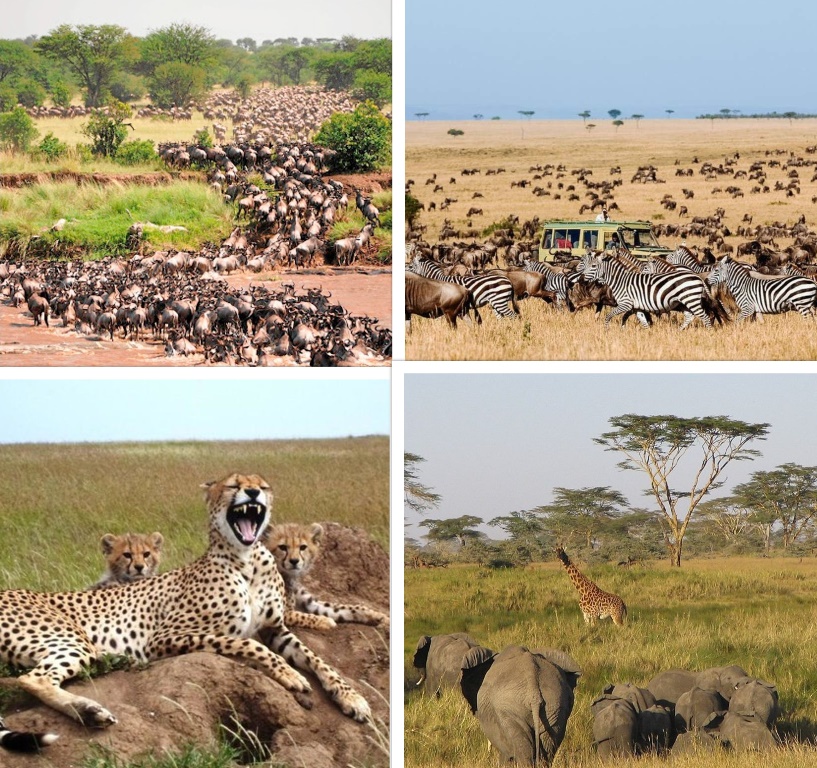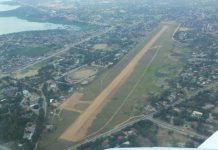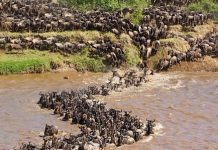AfricaPress-Tanzania: SERENGETI National Park (Senapa), which covers an area of 30,000km2, is renowned for having a variety of animal, bird and plant species.
It hosts the second largest terrestrial mammal migration in the world, which helps secure it as one of the Seven Natural Wonders of Africa and one of the 10 natural travel wonders of the world.
It is also renowned for its large lion population and is one of the best places to view prides in their natural environment.
About 70 large mammal and 500 bird species are found in the park, which boasts of diverse habitats, including riverine forests, swamps, kopjes, grasslands and woodlands.
Blue wildebeest, gazelles, zebras and buffalos are some of the commonly found large animals in the Serengeti ecosystem.
Each year around the same time, the Great Migration begins in the Ngorongoro Conservation Area of the southern Serengeti (Tanzania) and follows a clockwise direction through Serengeti National Park and north towards the Maasai Mara Reserve in Kenya.
The Great Migration occurs naturally as the animals seek pasturing and water as they travel about 800km. During this time over 500,000 calves are born and about 250,000 wildebeest die on the way from thirst, hunger, exhaustion or predation.
Reforms which have been made in various sectors of the economy under the fifth phase government have transformed especially the sector of tourism.
Given the number of national parts, protected areas and game reserves the country has many tourists have made Tanzania their second home.
This fact calls for efficiency to maintain a huge influx of tourists into the country. But all this will pass if we fail to protect and conserve our natural heritage.
One of the front page stories entitled ‘Wildebeest migration peril cause for concern’ highlights the plight of the Great Wildebeest Migration.
According to Serengeti National Park Senior Assistant Conservation Commissioner Massana Mwishawa there is the likelihood of a possible disappearance of the annual animal spectacle if destructive human activities are not stopped in the national park.
He was speaking on a recent video clip showing unidentified men on the Kenyan side who were chasing a herd of gnus that crossed Mara River.
He also said the wildebeest could no longer go to Lake Natron due to human activities. There are other areas he mentioned as well.
It suffices to say that we have the responsibility of maintaining the huge influx of tourists into the country, among other things, to view the Great Wildebeest Migration through which the country earns foreign currency.
We don’t find another way of expressing it more than saying that ‘we shouldn’t cut the branch of a tree we are seated on’. So, let’s take care!






